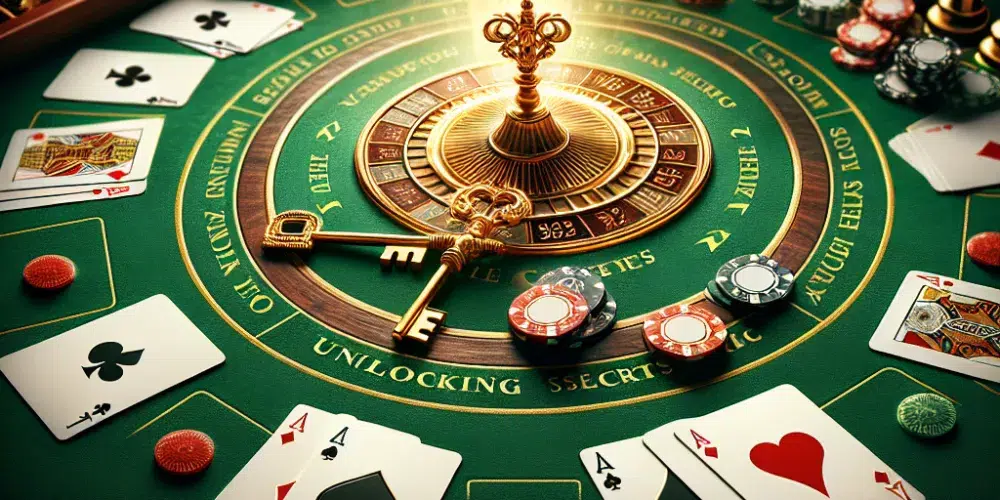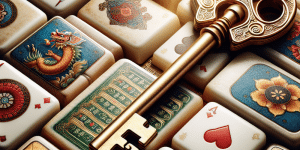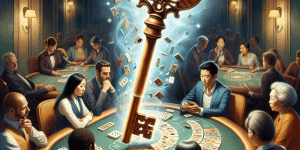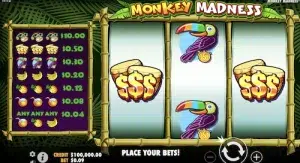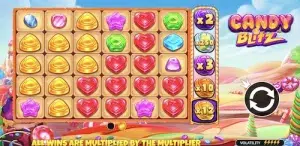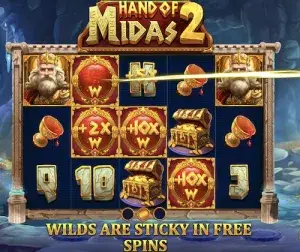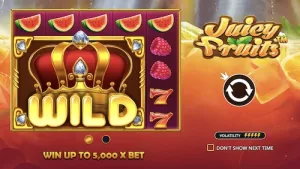One common mistake that many blackjack players make is not understanding the importance of deck composition in their strategy. Different from simply playing by intuition or basic strategy, paying attention to the cards played and adjusting your bets accordingly can drastically improve your odds of winning.
Master the Basics: Know When to Hit or Stand
Understanding Basic Strategy
Basic strategy is your first weapon in the blackjack arsenal. It’s a predefined set of actions (hit, stand, double down, split, or surrender) that statistically offers the best move for every card combination versus any dealer’s upcard. This strategy minimizes the house edge to around 0.5% in a game using four to eight decks. For beginners, memorizing this can seem daunting, but basic strategy cards are available and can be a handy reference at the table.
The Power of Soft Hands
A soft hand in blackjack is any hand that contains an Ace counted as 11 without busting. Players often underplay these hands, but they offer strategic flexibility. For instance, always hit on soft 17 (Ace-6) or weaker. Standing on a soft 18 (Ace-7) is advisable against a dealer’s 2, 7, or 8, but you should consider hitting if the dealer shows a 9, 10, or Ace.
Advanced Techniques to Increase Winning Odds
Card Counting: A Game Changer
Despite misconceptions, card counting is not illegal, though casinos frown upon it. This technique involves tracking the ratio of high cards to low cards that remain in the deck to predict the likelihood of a beneficial card being dealt next. Learning a simple counting system like Hi-Lo can significantly enhance your understanding and effectiveness. Begin by assigning a value of +1 to cards 2-6, 0 to cards 7-9, and -1 to 10-Ace. Increase your bets when the count is high (indicating more high cards remain), and bet the minimum when the count is low.
The Art of Doubling Down
Doubling down allows you to double your bet in the middle of a hand in exchange for receiving just one more card. This move can be highly profitable when executed under the right circumstances. Generally, you should consider doubling down when you have a total of 10 or 11—especially if the dealer shows a lower upcard like 5 or 6.
Bankroll Management: Playing Smart
Set a Loss Limit
Before you even sit at a blackjack table, determine how much you are willing to risk. A good rule of thumb is to not bring more than 5% of your total bankroll to the table at any given time. This limits your exposure and helps avoid the devastating effects of a losing streak.
Choosing the Right Table
Selecting the correct blackjack table can be as crucial as the play itself. Look for tables with rules that favor the player, such as the dealer standing on soft 17, the ability to double down on any two cards, or the option to surrender. Lower minimum bet tables can also be advantageous as they allow for longer play sessions and more opportunities to apply your strategies without exhausting your bankroll quickly.
Psychological Elements of Blackjack
Maintain Your Discipline
The psychological aspect of gambling cannot be overstated. Avoid chasing losses or deviating from your set strategy out of frustration. This discipline will help you make rational decisions rather than emotional responses, which could lead to bigger losses.
Calm and Focused
The environment in a casino can be distracting. It is designed to be that way. Maintain a calm demeanor and stay focused on your game strategy. Keeping a clear head will help you observe the play, make better decisions, and spot opportunities to increase your winnings.
By incorporating these strategic tips, techniques, and mental adjustments into your blackjack gameplay, you not only enhance your enjoyment of the game but also increase your chances of leaving the table as a winner. Remember, blackjack is not just a game of luck but also of strategy and skill.

Garry Sputnim is a seasoned journalist and storyteller with over a decade of experience in the trenches of global news. With a keen eye for uncovering stories that resonate, Alex has reported from over 30 countries, bringing light to untold narratives and the human faces behind the headlines. Specializing in investigative journalism, Garry has a knack for technology and social justice issues, weaving compelling narratives that bridge tech and humanity. Outside the newsroom, Garry is an avid rock climber and podcast host, exploring stories of resilience and innovation.


